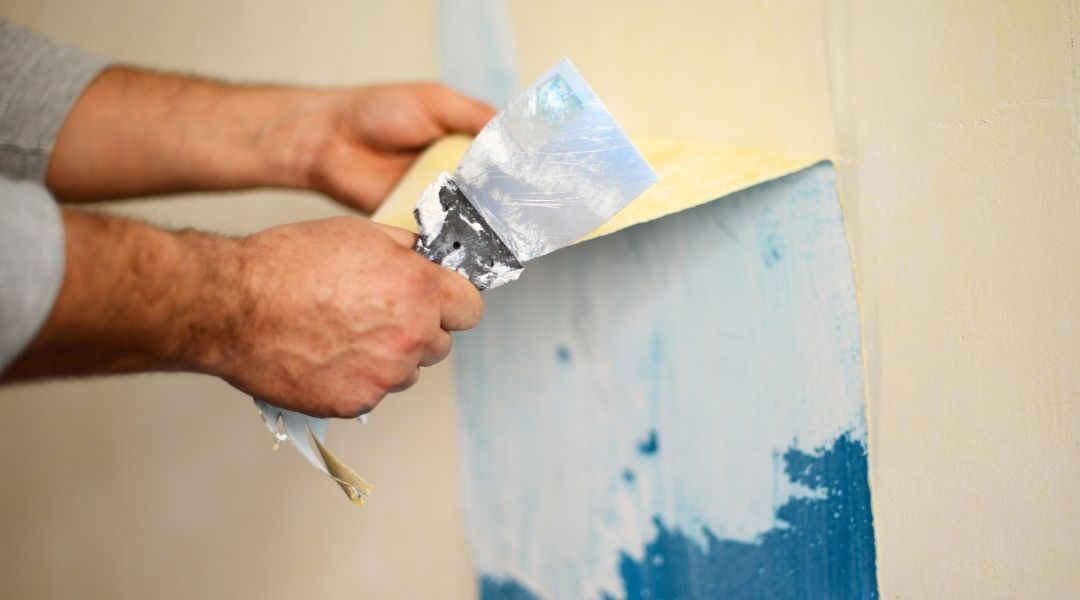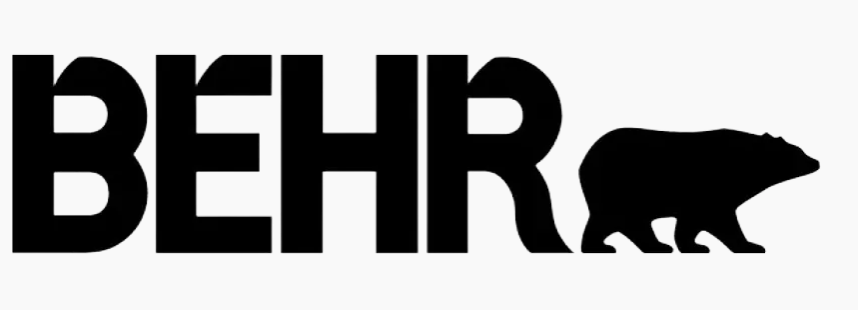What is The Most Attractive Color for Restaurants?
When walking into a restaurant, color strikes the eye first. Commercial painting contractors know this. They use specific palettes to influence dining experiences subtly but effectively.
The right color boosts appetite, making guests eager for their meal. Warm hues offer a welcoming embrace to diners as soon as they step through the door. For an unforgettable setting, contrasting accents set apart one space from another creatively and memorably.
Setting the stage for what customers can expect once inside your establishment's doors.
Choosing Colors to Boost Appetite
The strategic selection of restaurant colors plays a pivotal role in influencing customer perception and appetite, extending beyond mere aesthetics. Utilizing lighter hues can transform the spatial dynamics of an eatery. Soft tones engender openness while fostering calmness that prompts healthier meal choices.
Such palettes illuminate breakfast spots with vibrancy sans lethargy. Conversely, darker shades lend intimacy to dinner environments; they envelop spaces like cocoons and diminish actual proportions by soaking up light. This is a nod to evolutionary comfort cues from our nesting ancestors for secure retreats.
Recognizing red's primacy is vital, too. It surpasses mere decoration; it's a visceral call aligning vision with voracity where tablecloths painted crimson elevate patron spending through amplified hunger levels. Applying these insights could be transformative.
Intrigued restaurateurs might consult
commercial painting contractors for tailored solutions blending form and function seamlessly within their establishments' thematic core.
Warm Hues Welcome Diners
Harnessing the energizing influence of warm colors, restaurants often decorate with hues that evoke positive emotions and stimulate appetites. Seasoned restaurant designers who value an exciting yet harmonious color tone over strict palettes understand this delicate balance well. Their designs foster comfort first, enticing diners into feeling at ease while subtly drawing them in.
Noteworthy is McDonald's use of reds and yellows. A global success is indicative of how these tones resonate broadly across cultures. Colors not only affect mood but can also play a role in cultural meanings; consider red's vibrancy or yellow's daylight visibility.
Perfect for catching eyes from afar. According to Reed, experts note that bright oranges or golds may even quicken metabolism as they relax guests. The psychological impact extends further: dark shades imply intimacy, whereas lighter ones feel more inviting, crafting spatial perceptions effectively within eateries.
The temperature and context behind each chosen pigment contribute uniquely to dining experiences designed by professionals who integrate historical nuances with contemporary artfulness.
A winning color for restaurants often hinges on red. Its warm tones stir the appetite and create a welcoming ambiance, coaxing diners to savor dishes leisurely. Yet, the choice isn't one-size-fits-all; eateries focusing on relaxation might lean towards calming blues or greens.
Understanding target customers is key. Vibrant hues ignite excitement in fast-food spots, while upscale establishments benefit from sophisticated, earthy shades. The best palette harmonizes with both brand identity and customer experience aspirations, making mealtime not just nourishing but also visually delightful at
Als Quality Painting Inc.
Related Content






